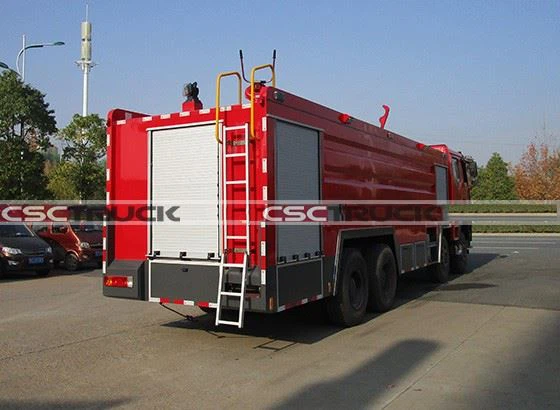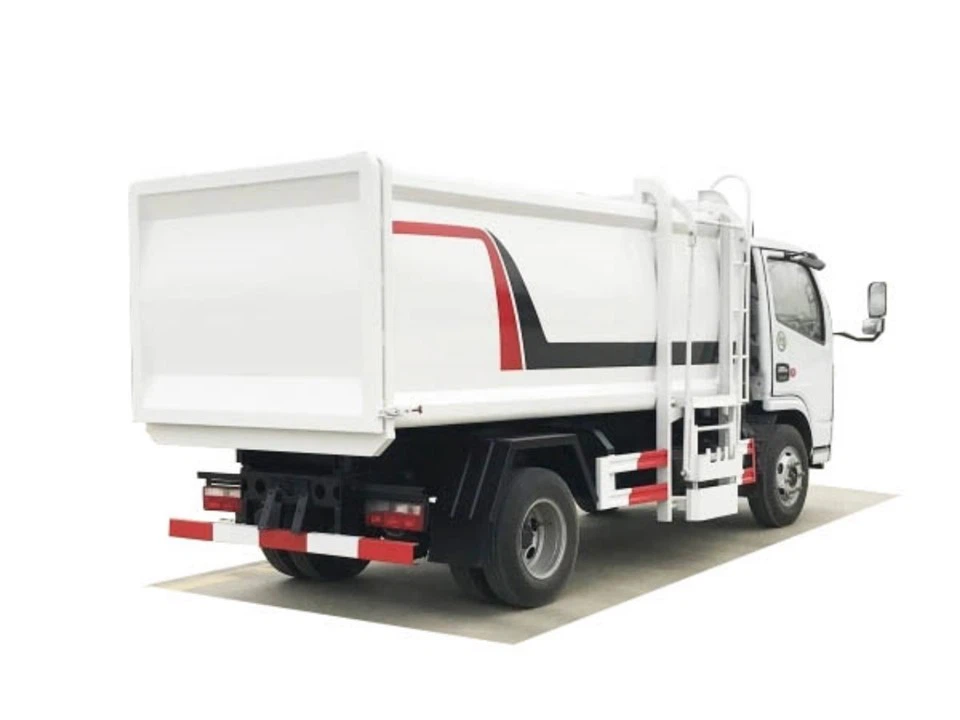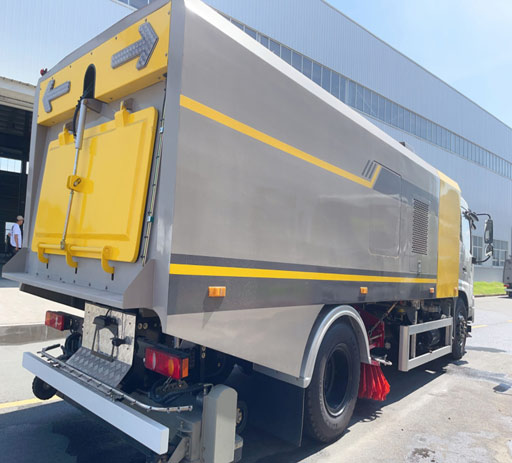LPG Tank Pressure: Understanding, Managing, and Safety Considerations

Introduction
Liquefied Petroleum Gas (LPG) is a widely used energy source, especially for cooking, heating, and fuel for vehicles. One critical aspect of using LPG safely and efficiently is understanding the pressure within the LPG tanks. This article aims to provide an in-depth look at LPG tank pressure, its significance, management, and safety precautions that every user should take into account.
Understanding LPG Tank Pressure
LPG is stored in tanks under pressure, which allows it to remain in a liquid state. The pressure within these tanks fluctuates based on temperature and the amount of gas inside. Understanding this pressure is key to ensuring safe handling and utilization of LPG.
What is LPG Tank Pressure?
LPG tank pressure refers to the force exerted by the vaporized gas within the tank. This pressure is vital for the flow of gas from the tank to your appliance. It is typically measured in pounds per square inch (PSI) or bar.
Factors Influencing LPG Tank Pressure

- Temperature: Higher temperatures increase vaporization, leading to higher pressure.
- Volume of Gas: As gas is consumed, the pressure will decrease.
- Tank Design: Different tank designs can store LPG at varying pressures.
Pressure Variations
When full, an LPG tank can be under pressure as high as 200 PSI at 70°F. However, pressure can vary significantly based on environmental conditions and usage.
How to Measure LPG Tank Pressure
Monitoring LPG tank pressure is crucial for safety and efficiency. Here’s how to measure it effectively.
Tools Required
- Pressure Gauge
- Wrench
- Safety Goggles and Gloves
Steps to Measure Pressure
- Ensure safety precautions are observed, and wear protective gear.
- Attach the pressure gauge to the tank valve using a wrench.
- Read the gauge to determine the tank’s pressure.
- Disconnect the gauge carefully to avoid any leaks.
Managing LPG Tank Pressure
To ensure optimal performance and safety, proper management of LPG tank pressure is essential.
Monitoring Pressure Regularly
Regular inspection of the pressure gauge should be part of your routine for maintaining LPG tanks. Record the pressure readings and look for fluctuations.
Refilling the LPG Tank
As LPG is consumed, the pressure will drop. It’s crucial to refill the tank before it becomes empty to maintain pressure effectively.
Avoiding Over-Pressurization
To prevent tank over-pressurization, always store LPG tanks in a cool environment. Over-pressurization can lead to leaks or explosions. Following the manufacturer’s guidelines on maximum fill levels is crucial.
Common LPG Tank Pressure Problems
Understanding potential issues related to LPG tank pressure can help prevent accidents and ensure efficient usage.
Low Pressure Issues
Low pressure indicates that the tank is nearing empty or there is a leak in the system. If low pressure is detected:
- Check for leaks by applying soapy water to the connections. If bubbles form, a leak is present.
- Consider refilling your tank as soon as possible to avoid disruption in gas supply.
High Pressure Issues
High pressure may cause the safety relief valve to activate, releasing gas. If high pressure is detected:

- Move the tank outdoors in a well-ventilated area.
- Contact a professional to inspect the tank and system.
Safety Precautions When Handling LPG Tanks

Safety should always be a priority when dealing with LPG tanks. Here are several recommendations.
Proper Storage
Store LPG tanks in an upright position and away from heat sources, direct sunlight, and flammable materials.
Regular Inspections
Routine checks help ensure that connections are secure and there are no leaks. Look for signs of corrosion or damage to the tank.
Emergency Protocols
Familiarize yourself with emergency procedures in case of a gas leak. This includes evacuating the area and calling emergency services.
Best Practices for Purchasing LPG Tanks
Choosing the right LPG tank is essential for efficiency and safety.
Choosing Quality Tanks
Opt for tanks manufactured by reputable companies that comply with relevant safety standards. Check for safety certifications.
Consider Capacity Needs
Buy a tank that fits your usage requirements. A larger tank may be more convenient, but ensure it meets all safety standards.
Practical Examples of LPG Tank Pressure Management
Understanding real-life applications of managing LPG tank pressure can be helpful.
Home Cooking
In home cooking settings, pressure management ensures consistent gas flow for cooking appliances. Regularly check pressure gauges to prevent interruptions.
Industrial Usage
Industrial businesses require stable LPG supply. Implementing a maintenance schedule for pressures can greatly reduce downtime and increase efficiency.
Conclusion
Maintaining appropriate LPG tank pressure is critical for safe and efficient gas usage. Regular checks, proper management, and adherence to safety measures are vital in preventing accidents and ensuring a steady gas supply. By applying the knowledge shared in this article, users can promote safety and effectiveness when handling LPG tanks.
Frequently Asked Questions (FAQs)
1. What is the ideal pressure range for an LPG tank?
The ideal pressure for a fully filled LPG tank at 70°F is typically around 200 PSI. However, pressure may vary with temperature changes.
2. How often should I check the pressure of my LPG tank?
It’s advisable to check the pressure of your LPG tank monthly or before heavy usage periods, such as holidays or large gatherings.
3. What should I do if I suspect a leak in my LPG tank?
If you suspect a leak, turn off the gas supply, avoid using any electrical appliances, and move to a safe area. Contact emergency services immediately.
4. Can high temperature affect the pressure in my LPG tank?
Yes, high temperatures can increase the pressure inside the LPG tank due to greater vaporization of the liquid gas.
5. What are the signs that my LPG tank needs refilling?
Signs that your LPG tank needs refilling include low pressure readings, irregular appliance performance, and low gas output.
6. Is it safe to use an LPG tank indoors?
Using LPG tanks indoors can be safe if proper ventilation is ensured and safety guidelines are followed. It is crucial to have appropriate regulators and installation by professionals.
